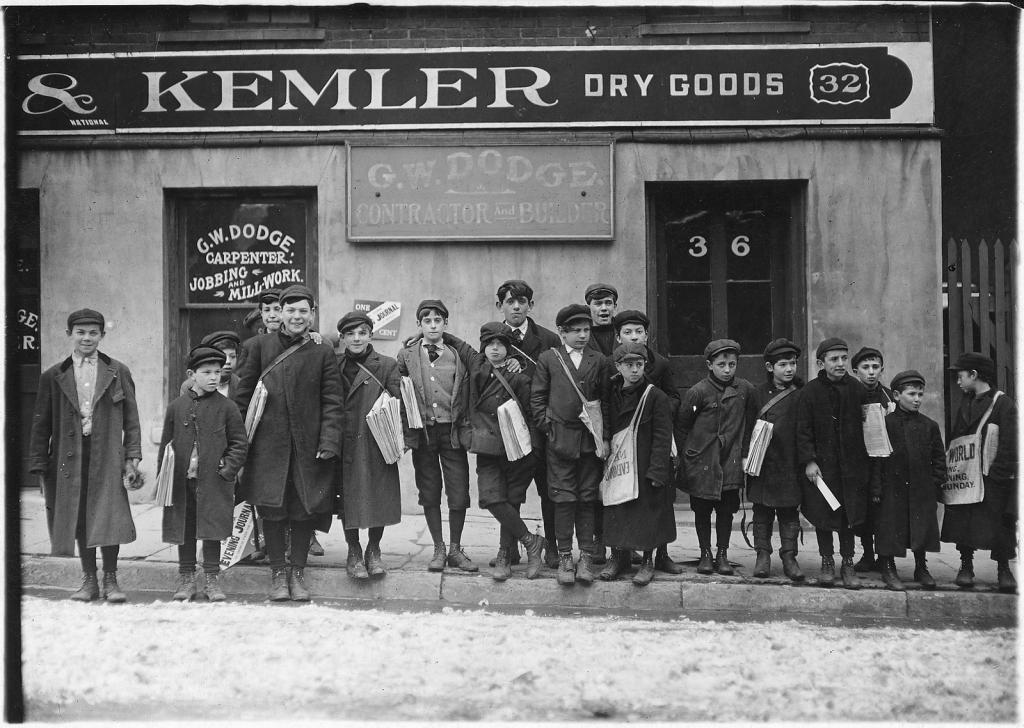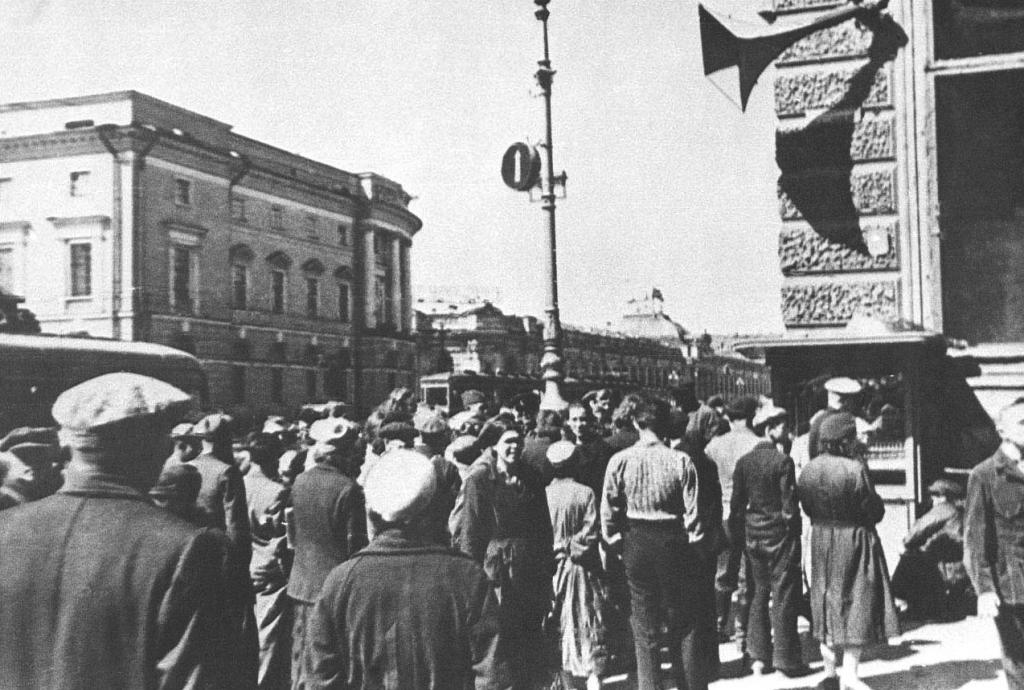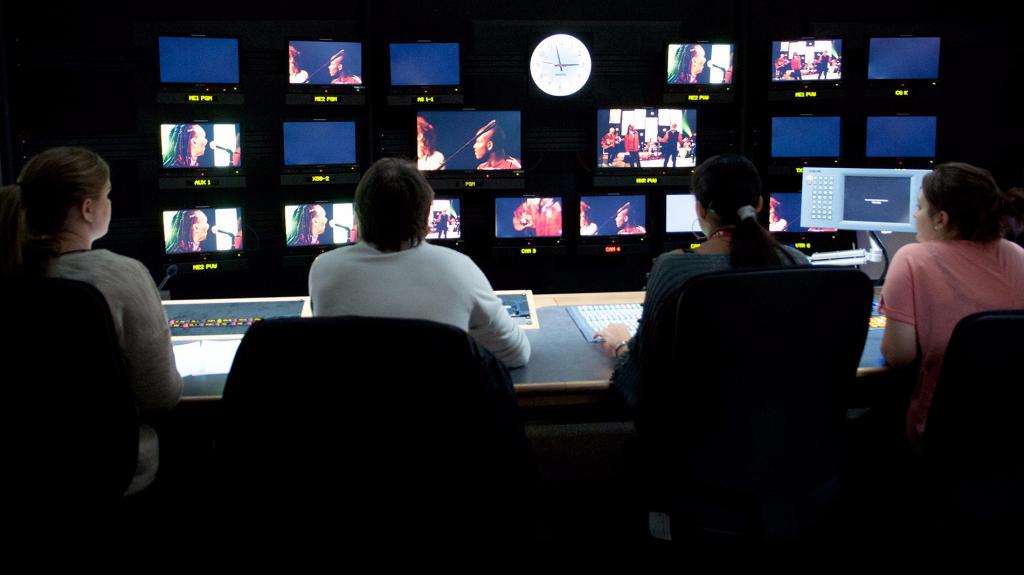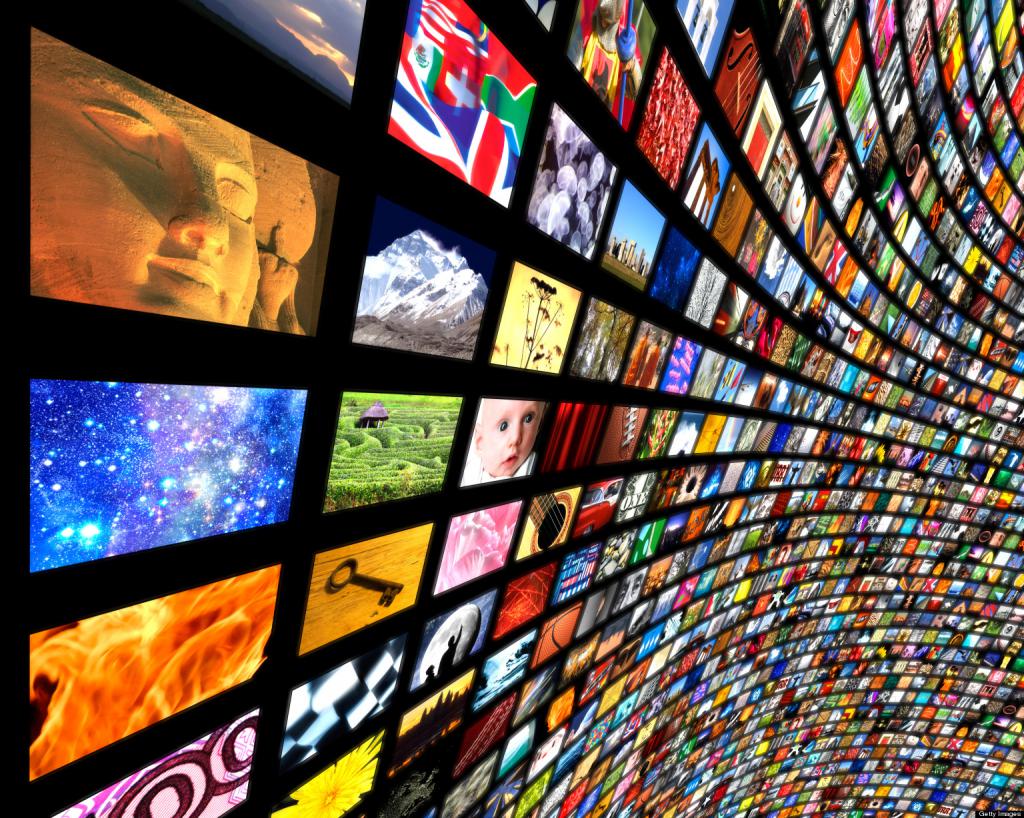The word "information" comes from the Latin language. Translated informatio means "message."
Mass information is information for the masses, which may constitute any large community of people. This can be the whole society as a whole, any people or nation, class or layer, as well as people living in the same region or belonging to a profession.
As you can see, the masses can be different. The peculiarity of the media is its orientation to a specific vocabulary for the most successful and effective communication.
Media Characteristics
Mass information has a number of characteristics:
- Lack of direct contact with the audience.
- Meeting the needs of the masses in relevant information.
- The formation of a single position of the masses in relation to various issues.
- Availability.
- Regularity.
- Return contact.
Each of the characteristics has its own development paths and is aimed at achieving universal ideals.

Media development
Since ancient times, various means of communication have developed. At first, he was the man himself — the head of the clan or the elder, the leader. Knowledge was transmitted orally and in writing - using sheets of parchment or papyrus, clay tablets or inscriptions on the stone. In a sense, these media can be called the first media.
In the first century, newspapers already looked like modern newsletters. They were rewritten by hand for distribution. Later, “flying paper” was popular - news, first handwritten, and then, after the invention of the printing press, distributed by postmen for a small fee.
With the advent of the era of printed thought, new genres arise: chronicle, reportage, pamphlet. By the nineteenth century, the role of the media had increased significantly. Newspapers and magazines are becoming an important part of public life: they learned about many events from them. Printed announcements of the arrival of ships, stock news, transcripts of parliamentary debates, reviews of theatrical performances, sports news, rumors and sensations.
With the use of newspapers in the political struggle, the media are divided into several categories: elite, mass, specialized (for example, religious or scientific) and the so-called yellow press.
The phenomenon of mass media was revealed - this is an opportunity to influence the opinion of a wide audience. The media of the twenty-first century refused to force the masses. Now they express the opinion of society and leave for everyone the right to accept it or not.
What are the types of media
A herald enters the central square and announces a new royal decree. This was before the advent of the classic press. With her appearance, the streets of the city from early morning were filled with boys newspaper men shouting the latest news. But this is in the past. With the advent of the radio on the streets, the latest news came from the speakers.

But the era of television came, and people stuck to the screens. The news program comes out regularly at the most convenient time. And if the news is universal in scope, broadcasts for its sake are interrupted at any time.
And finally, the era of the Internet. Currently, more than half of people are getting the news from this particular source. Social networks have become powerful media and continue to grow.
Media under the king
Initially, the Russian press appeared at the behest of the tsar. It was the newspaper "Chimes", or "West letters". The subsequent Vedomosti was the brainchild of Peter the Great and served the purpose of conveying reforms, propaganda and clarifying their essence to the public masses.Along with this, business correspondence was practiced, which was enough to inform the right layers of society.
The eighteenth century is called the era of Russian Enlightenment. At this time, the media are thick literary magazines similar to almanacs. The first newspaper was published by the Academy of Sciences. That was in 1727. There are no political essays yet, many materials have been reprinted from foreign sources. It was called "St. Petersburg Gazette" and lasted until the 1917 revolution.
By the beginning of the twentieth century, there was still no freedom of speech in Russia. The existence of censorship made it impossible to publish liberal newspapers. The multi-party press appeared only in 1905. It was a time of satirical magazines. April 1917 brought the Press Act. The number of national, party, and youth newspapers has risen sharply. All sectors of society had the appropriate periodicals.
Media in the USSR
With the introduction of a one-party system in the country, tightening of control over the press followed. The press decree introduced restrictions on the opposition to the existing ideology. Cancellation occurred only in the nineties of the last century.

During the war, the Sovinformburo was created, which broadcast the latest news on the radio. Until 1986, the post-war media outlined the advantages of the socialist system and transmitted biased data on socialist construction. A developed network of radio resisted the transmission of signals from abroad.
The current situation in Russia
Currently, in the country, the media, which have done a lot to promote democratic ideas, are faced with the inability to exist in market conditions. Dependence on advertisers, subscribers and the need to maintain the material base led to the fact that some ceased to exist, while others came under the control of political structures.
The Russian media, with few exceptions, do not have economic independence. Under these conditions, the journalist himself becomes the guarantor of responsibility for collecting and transmitting reliable information. His degree of morality, political and social self-identification. A flurry of information that hit the Russians requires a correct presentation of the facts.

Because mass information is a powerful weapon that can influence the adoption of personal opinions and, by and large, control the masses of people. After all, decisions that are made by a person on the basis of false information cannot be correct. In this regard, the right to information arises.
Constitutional right to receive information
The UN secured the Declaration the right to receive reliable information. It is fixed along with the rights to life, housing, labor. The Constitution of the Russian Federation confirmed the right to freely search, receive and disseminate information.
The laws of the Russian Federation regulate the exercise of this right. It may be refused if they are not observed. For example, in case of violation of the rights of others, in the interests of state security and other conditions. The law on the media is constantly updated with clarifications. For example, from January 1, 2018, amendments and additions to the Law on Mass Media on the Activities of Mass Media came into force.
Media law
There are several media laws. All of them regulate the activity of disseminating information in various fields: the Internet space, the media of foreign agents and others. The Basic Media Law, adopted in 1991, has since been constantly updated. The main changes are worth considering in more detail.
- Media companies are not required prior coordination before publishing informational material.
- Distribution of media products cannot be prohibited.
- Interviews with officials may be censored.
- Propaganda of violence and pornography is prohibited.
- It is forbidden to disseminate through the media space the disclosure of secrets protected by law.
- It is forbidden to cover techniques for the manufacture of substances harmful to health.
- It is forbidden to disclose data on methods of conducting anti-terrorist actions by the authorities.
- Media registration is carried out by a special procedure through the control authorities in the field of communications.
A federal information system has been created to control the media space (Article 15.8.2.1).
Media activities in emergency situations
There is the concept of "security culture of personality." This is a set of moral principles, social skills and special knowledge about the stereotype of behavior in a dangerous situation. In the development of such a complex, the role of the media is significant. Explaining to citizens their possible actions in a crisis situation, they form a mass consciousness and increase the indicator of personal safety culture.

The media always, and especially during natural disasters or other misfortunes, have the duty to form different flows of information for different groups of people. One and the same fact, filed in several interpretations that differ from each other, will cause a different response. For people at the epicenter of an emergency, a psychological approach is required. The influence of frequently repeated descriptions of what is going on will cause them to feel apathy and depression, therefore news is formed very carefully in this zone. For the territory of the country not affected by the emergency, the flow of information will be different, appealing to humanity and sympathy. And for external countries - the third.
Media activities may not include the work of journalists at all. This applies to live broadcasts, transmission of government messages or broadcast from the scene without comment.
Upgrades electronic media versions
The Russian mass media, producing products in electronic and printed form, have a tendency to reduce the output of printed products. According to a statistical survey conducted in October 2017, it turned out that almost half of readers (47%) prefer electronic information.
The volume of paper periodicals production declined sharply, although about 80% of respondents have not yet abandoned it.
Compared to 2015, when 77% of respondents read printed versions, only 55% of them remained in 2017. Moreover, a third of respondents stated their readiness to fully switch to online content.
Media and youth
Mass information is a trustworthy message on the basis of which people will make personal decisions. The reliability of their actions and the consequences depend on how reliable the news was heard or read by people.
Social networks have literally dragged on the younger generation. Communication is replaced by messages; viewing events takes a lot of time. High-quality information is negligible. The generation of children born during the digital information era often has a faint idea of the real world, replacing it with a virtual one.

It is noted that crime has risen sharply in those countries where television is developing. Viewing scenes of cruelty and violence has a long-term effect, destructs the personality, dulls sympathy and is addictive.
Along with the negative influences of the media, positive ones are also observed. These are children's programs, contests, educational shows. The need to allocate media space to create a positively influential flow in the twenty-first century has become apparent.
The influence of the media on society
It is not without reason that the modern model of society has been called informational, since information has never occupied such a large place in his life. The ability of the media to convey information to a person with great speed impose a certain responsibility on the formation of mass consciousness.

The media in society play a significant role, forming a common opinion, a stereotype of behavior in various situations, and attitude to the phenomena of the world.Only analytical information can broaden horizons and provide a choice of action, instill independence in thinking. But more and more cognitive programs include advertising or ready-made recipes for behavior.
There is a standardization of opinions and massization of personality. Mass information is a tool that can benefit society if it is directed by the moral hand of an incorruptible journalist. Otherwise, it turns into a dangerous weapon. It is always directed against the public mass — you and I. Therefore, professional journalists in the highest sense of the word are valued more than ever in the information society.
